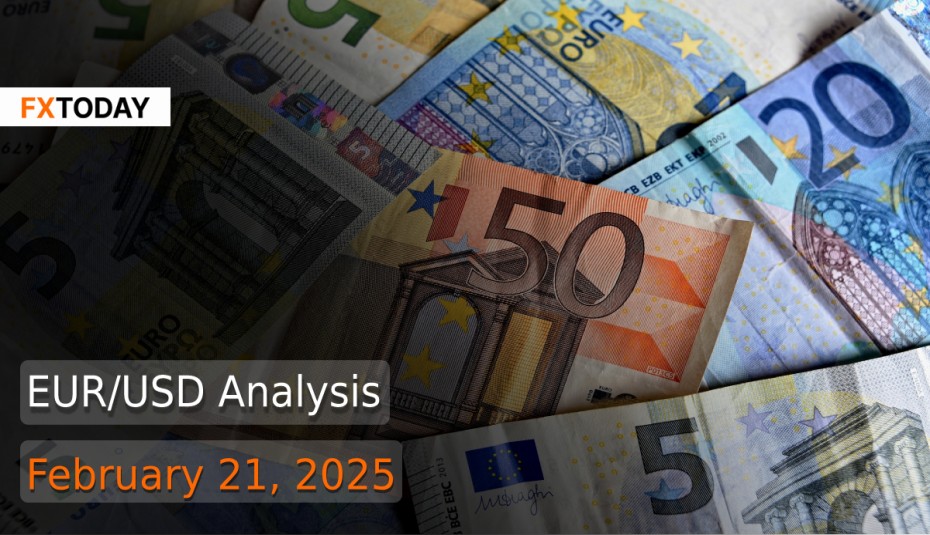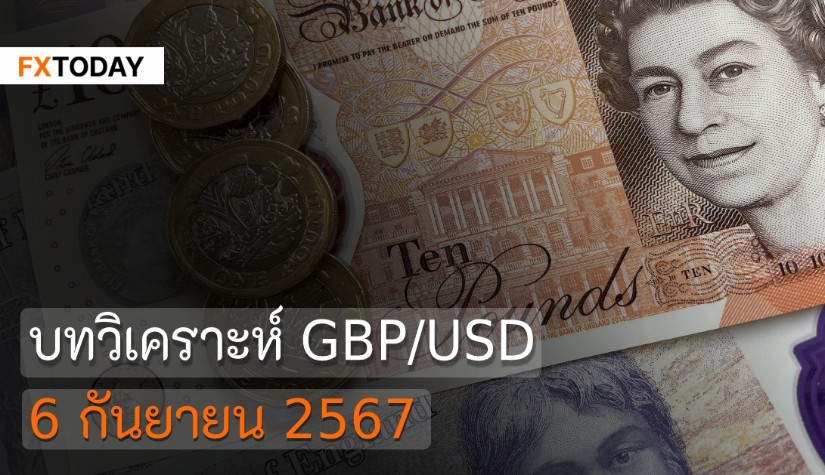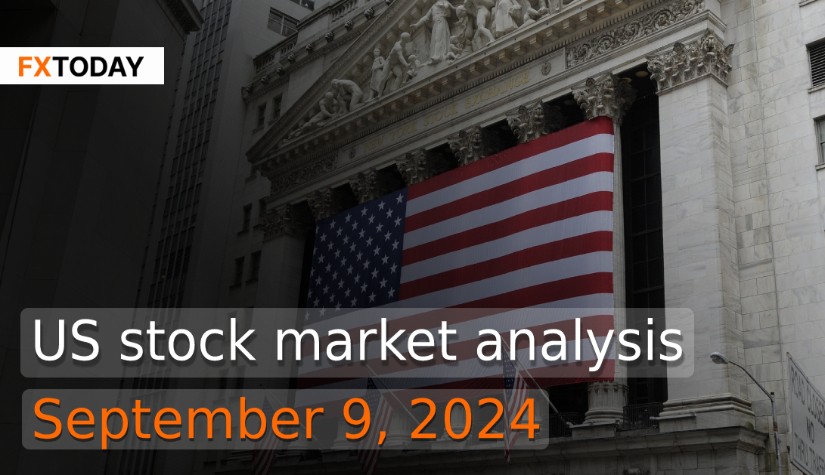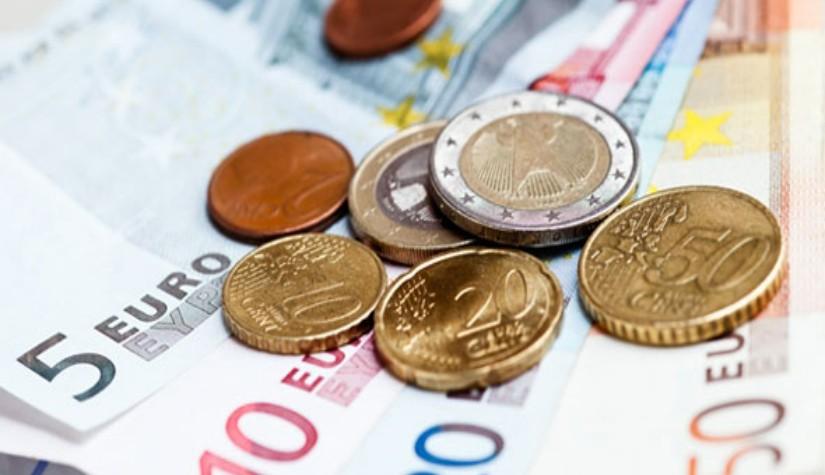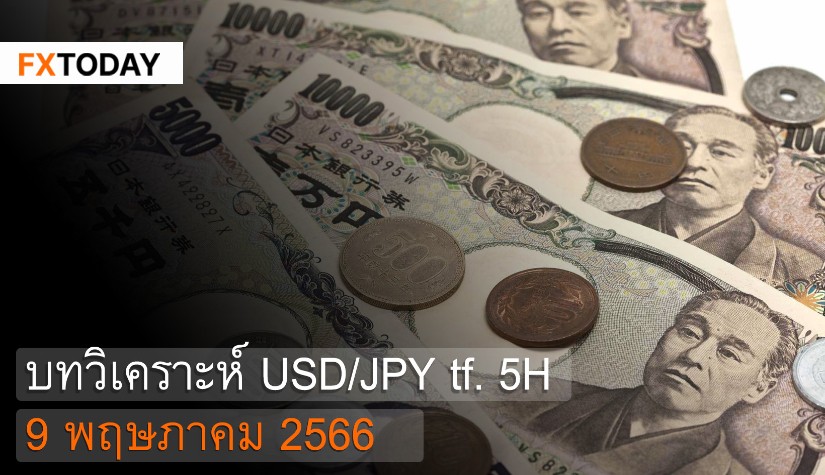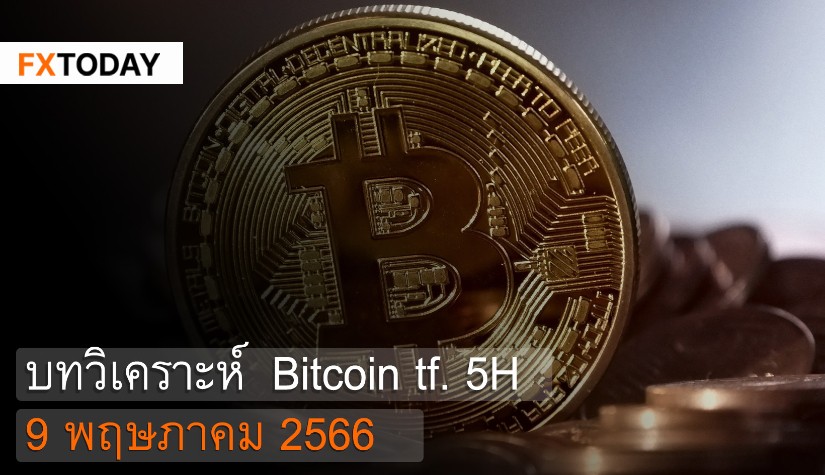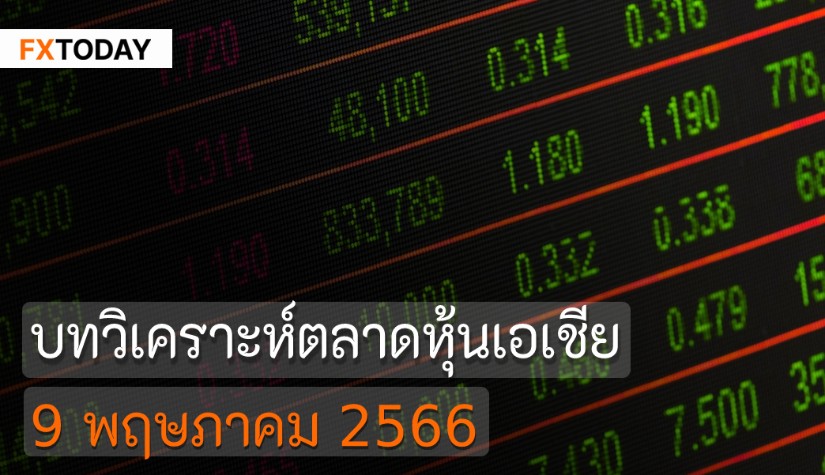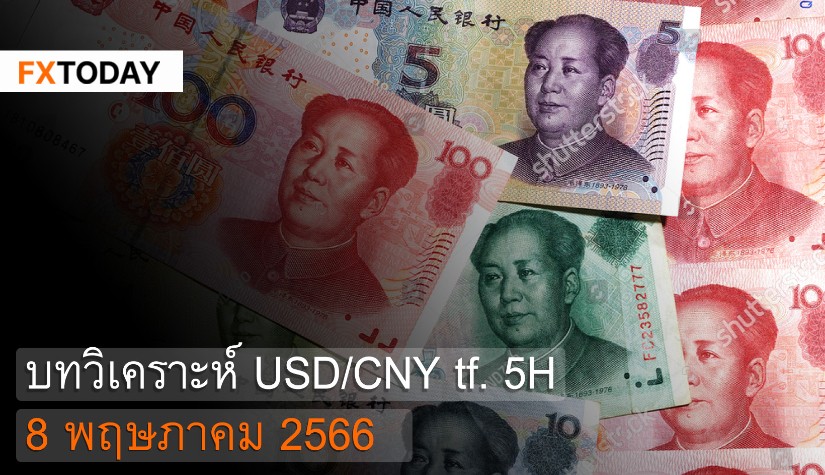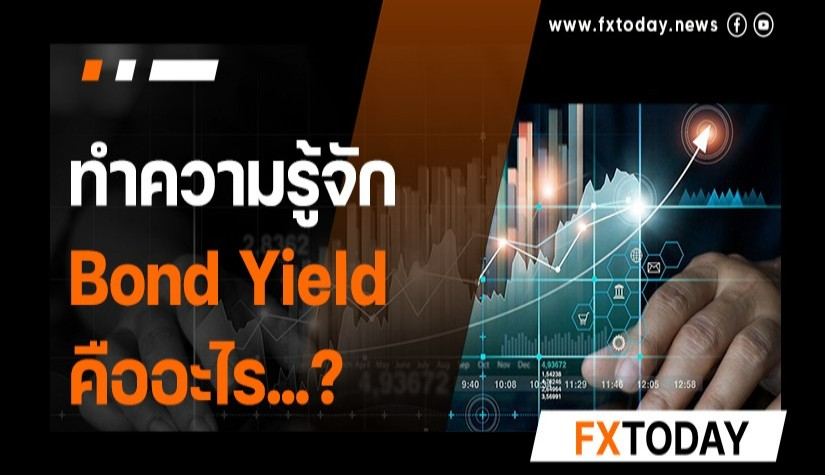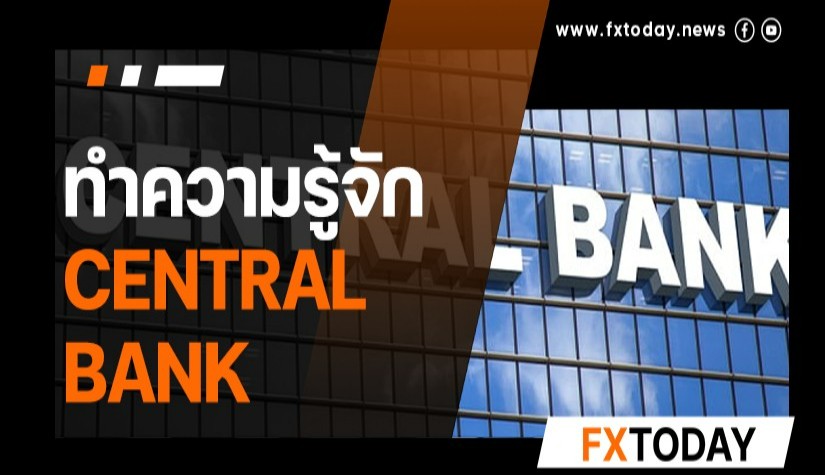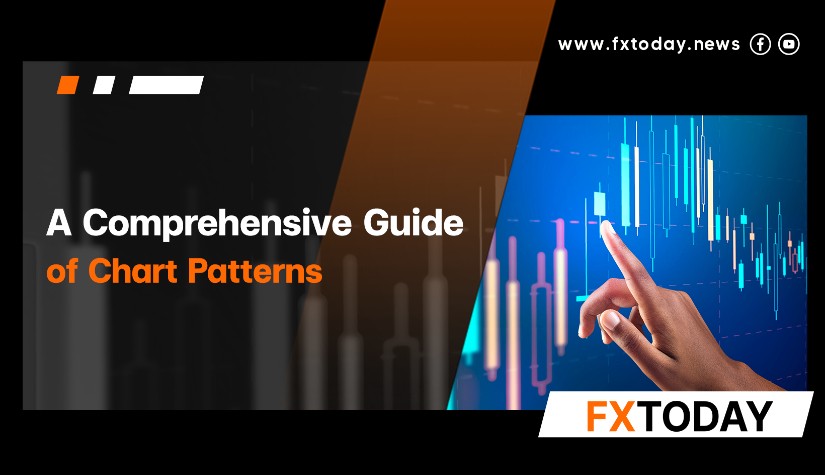Euro Rises as German Investor Confidence Surges, but Economic Risks Persist
The euro saw an overnight increase of 0.8% and remained stable in Asian trading at $1.0498, as investors anticipated the upcoming German election, where a conservative coalition is expected to win. Investor confidence in Germany saw its sharpest increase in two years this February, driven by expectations that the economy will improve under a new government.
The ZEW economic research institute reported a significant jump in its economic sentiment index from 10.3 points in January to 26.0 points, surpassing analysts' expectations of 20.0. Despite the optimism, the current economic situation remains weak, with ZEW President Achim Wambach attributing the rise to hopes for a proactive government and anticipated growth in private consumption over the next six months. However, economists remain cautious, as two major institutes predict a continued economic downturn into 2025, marking an unprecedented third consecutive year of contraction.
Despite marginal improvements, the eurozone economy remains weak. Eurostat revised fourth-quarter GDP growth for 2024 to 0.1%, slightly above its previous stagnation estimate, but employment saw minimal gains of just 0.1%. The overall economic outlook remains fragile, with projections suggesting only modest growth above 1% in 2025.
Factors such as sluggish consumer spending, a weakening labor market, and an industrial recession continue to hinder economic recovery. The industrial sector remains a key weak spot, with December’s industrial production falling by 1.1%, exceeding forecasts of a 0.6% decline. Germany and Italy experienced significant contractions, with their industrial output shrinking by 2.9% and 3.1%, respectively. A combination of high energy costs, reduced demand from China, and intensifying global competition has weighed on Europe’s manufacturing sector.
Meanwhile, U.S. multinational corporations are increasingly leveraging lower euro interest rates to reduce borrowing costs through hedging strategies. Financial experts suggest this trend may grow if the Federal Reserve maintains its pause on rate cuts while other central banks continue easing.
Demand for cross-currency swaps—financial instruments allowing firms to exchange loan principal and interest payments across currencies—has risen as interest rate differentials between the U.S. and other major economies widen. John Wahr, head of rates sales at U.S. Bank, noted increased activity in both new cross-currency swaps and restructurings, particularly in USD-to-EUR transactions related to net investment hedging. These swaps offer both cost savings and protection against market volatility, particularly in response to economic uncertainty fueled by President Donald Trump’s trade policies and tariffs. According to Clarus, a financial research firm, the value of EUR/USD cross-currency swaps rose by 7% in January 2025 to $266 billion compared to the same period the previous year.
Germany's economic challenges are further complicated by its record-high trade surplus with the United States, which reached 70 billion euros in 2024. This has fueled concerns about potential U.S. trade tariffs under President Donald Trump, who has already increased levies on steel and aluminum imports. If new tariffs are imposed on German goods, experts warn that economic growth could take a significant hit. German exports, particularly in automobiles and pharmaceuticals, rose by 2.2% last year, while imports from the U.S. declined by 3.4%.
Meanwhile, the U.S. dollar weakened against major currencies on Thursday as investors reassessed President Donald Trump’s latest tariff plans. The dollar’s decline was further influenced by a disappointing sales forecast from Walmart, which cast doubts on the strength of U.S. consumer spending. Recent economic reports showed declining retail sales and weakening consumer confidence, suggesting that concerns over Trump’s trade policies—especially potential 25% tariffs on key imports—may be affecting purchasing power.
Meanwhile, the Federal Reserve’s latest meeting minutes revealed policymakers’ cautious approach toward interest rate decisions, particularly due to inflationary risks tied to Trump’s trade and immigration policies. Despite a moderate rise in new jobless claims, the labor market remained stable, with little immediate impact from federal layoffs or budget cuts under Trump’s administration. However, economists warned that private sector spillover effects might take time to materialize. U.S. manufacturing activity showed signs of slowing in February, with factory output growth in the mid-Atlantic region declining significantly.
The combination of persistent inflation and Trump’s aggressive trade policies has reignited concerns over stagflation—a period of sluggish growth coupled with rising inflation. A recent Bank of America survey indicated rising expectations for stagflation among global fund managers. While Trump has delayed some tariffs, he has moved forward with others, including a 10% levy on Chinese imports and new duties on steel, aluminum, automobiles, semiconductors, and pharmaceuticals. Some experts argue tariffs could boost domestic industries over the long term, though their immediate impact may contribute to inflationary pressures.
As a result, EUR/USD is likely to remain volatile, balancing eurozone economic weakness against U.S. policy risks. While rising German investor confidence supports the euro, weak industrial output and sluggish growth limit its upside. The dollar faces pressure from weakening consumer confidence and trade concerns but may stay firm if the Fed maintains its cautious stance. Rising demand for cross-currency swaps could stabilize EUR/USD, but risks remain from potential U.S. tariffs on German exports. In the near term, the pair may trade within a tight range, with downside risks if eurozone struggles persist and the Fed remains restrictive.
Data for Technical Analysis (1D) CFD EUR/USD
Resistance : 1.0507, 1.0527, 1.0560
Support : 1.0441, 1.0421, 1.0388
1D Outlook
Source: TradingView
Buy/Long 1 If the support at the price range 1.0381 - 1.0441 is touched, but the support at 1.0441 cannot be broken, the TP may be set around 1.0530 and the SL around 1.0351, or up to the risk appetite.
Buy/Long 2 If the resistance can be broken at the price range of 1.0507 - 1.0567, TP may be set around 1.0629 and SL around 1.0411, or up to the risk appetite.
Sell/Short 1 If the resistance at the price range 1.0507 - 1.0567 is touched, but the resistance at 1.0507 cannot be broken, the TP may be set around 1.0441 and the SL around 1.0597, or up to the risk appetite.
Sell/Short 2 If the support can be broken at the price range of 1.0381 - 1.0441, TP may be set around 1.0343 and SL around 1.0537, or up to the risk appetite.
Pivot Points Feb 21, 2025 03:07AM GMT
|
Name
|
S3
|
S2
|
S1
|
Pivot Points
|
R1
|
R2
|
R3
|
|---|---|---|---|---|---|---|---|
| Classic | 1.0358 | 1.0388 | 1.0444 | 1.0474 | 1.053 | 1.056 | 1.0616 |
| Fibonacci | 1.0388 | 1.0421 | 1.0441 | 1.0474 | 1.0507 | 1.0527 | 1.056 |
| Camarilla | 1.0476 | 1.0484 | 1.0492 | 1.0474 | 1.0508 | 1.0516 | 1.0524 |
| Woodie's | 1.037 | 1.0394 | 1.0456 | 1.048 | 1.0542 | 1.0566 | 1.0628 |
| DeMark's | - | - | 1.0459 | 1.0481 | 1.0545 | - | - |
Sources: Investing 1, Investing 2

